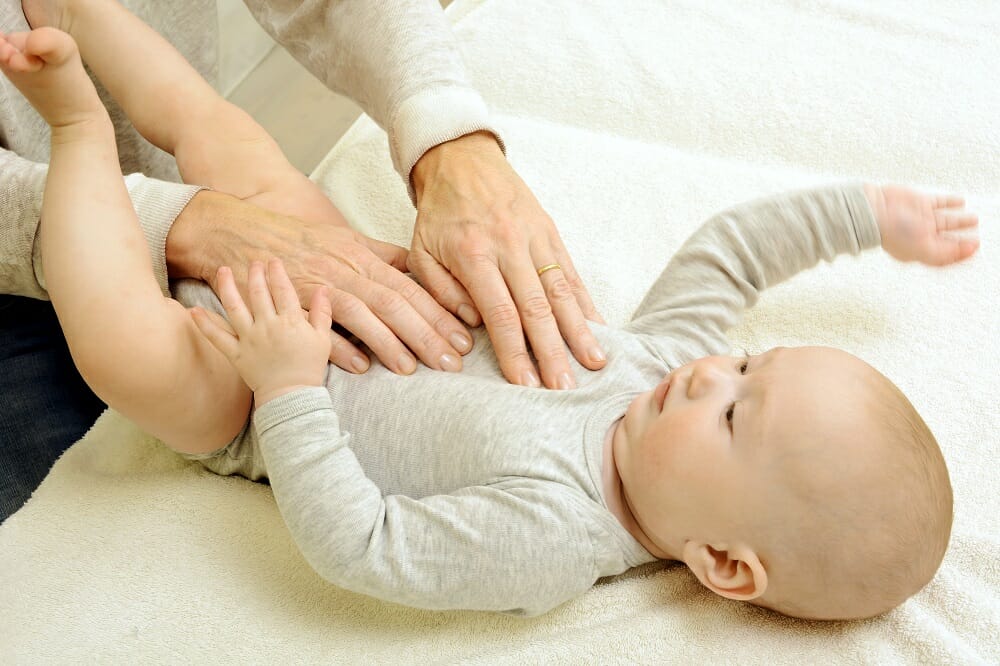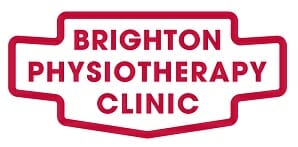Paediatric Osteopathy in Brighton
What is Paediatric Osteopathy?
Paediatric osteopathy is designed for the treatment of children and babies. This type of osteopathy, unlike some other forms, utilises a gentle and holistic approach to maintain full body health. Young children are known to develop some health conditions as a result of their developing system. Paediatric osteopathy helps to manage these conditions until they outgrow them, and to aid normal development.
Our expert paediatric osteopaths focus on making life and growing up as comfortable as possible for our young patients. We go beyond the scope of paediatric osteopathy to integrate gentler approaches that make therapy sessions fun for the children. Our treatment methods are safe and highly effective.
Forms Of Paediatric Osteopathy
Paediatric osteopathy treatment and care vary depending on the skeletal aliment issue and the age of the child. Forms of paediatric osteopathic treatment we offer include:
Osteopathy For Babies
For babies (under two years), paediatric osteopathy requires special skill and expert knowledge. Besides the gentle approach, paediatric osteopaths who treat babies are able to recognise signs and symptoms of ailments in babies. Here are some common baby ailments we treat using osteopathy.

Baby Sleeping Disorders
A child’s sleep only tends to begin to stabilise when he or she is about three years old. Until then, the baby’s sleep routine can be irregular. Signs of a sleeping disorder may include difficulty falling asleep, waking up several times at night, sleeping for only a short while, and crying a lot at night. Once any of these symptoms occur repeatedly, it may be a sign of a sleeping disorder. Paediatric osteopathy can help create a good sleeping routine for the baby. Our paediatric osteopaths can also identify the cause of the disorder and offer appropriate advice.
Baby Colic
There is generally little consensus as to what “colic” actually is, but it has become a term associated with a baby that frequently cries between the age of 2 weeks to 3 months with apparent digestive discomfort. The baby’s digestive system is not fully mature and can cause pain and discomfort, often following an especially fast or slow birth or where the baby was stuck in a position for a prolonged time during birth. When your baby has a gassy tummy and is always agitated (face may turn red), that might be an indication of colic. A gentle tummy massage carried out by an expert paediatric osteopath can relieve tummy pain. Gently balancing the bones and membranes of the skull can relieve any stresses and strains there that might have been picked up at birth or in the final stages of pregnancy, leading to a more peaceful start to life and a more comfortable baby.
Baby Reflux
Baby reflux is a common condition that affects about 50% of babies during the first three months. A small portion of swallowed milk mixed with stomach acid gets trapped within the baby’s food pipe. This is uncomfortable for the baby and can lead to inflammation of the airways. Common signs of reflux include splutter, vomiting, hiccups, coughing and persistent crying after a feed.
Baby Constipation
When a baby is weaned off breast milk onto solid food or baby formula, it is harder to digest than breast milk. Some signs of constipation include crying before or during poo time and little eagerness to eat, or going several days without passing a stool. Paediatric osteopathy and gentle massage therapy on the tummy can be helpful in getting rid of constipation.
Osteopathy for Young Children (1-10)
For young children who are between the ages of one and ten, growing up can create uncomfortable conditions for them. Some of these conditions can be managed with paediatric osteopathy until the child outgrows them.
Digestion Problems
Besides babies, young children can also have an underdeveloped digestive system leading to difficulty in digestion. This usually reduces as the child grows and the body systems become well-developed. Paediatric osteopathy utilises gentle massage therapy on the tummy to aid digestion and also prevent possible constipation.
Chronic Ear Infections
Chronic ear infections are most seen in babies and young children. These are due to the underdeveloped middle ear and its inability to properly drain fluids. When these fluids stay trapped in the ear for long periods, they lead to infections. The infant may experience difficulty hearing and loss of balance. An expert paediatric osteopath can deliver appropriate therapy which will help the body drain the excess fluid and prevent further build up.
Growth Pain
Children experience growth pain. Sometimes one leg may slightly outgrow the other leading to a slight loss of balance and pain. Paediatric osteopathy will assess the whole of the childs growing skeleton, looking for asymmetry, dysfunction and discomfort. Using massage and gentle joint mobilisation during periods of growth spirts can help ease the pain, and help make the growth stage more comfortable.
Asthma
Asthma is a respiratory disease in which an inflammation of the bronchioles causes bronchial constriction. Through expert paediatric osteopathy, asthma can be managed until the child outgrows it. Tension and dysfunction can build up in the neck and shoulder muscles as well as the rib cage and diaphagm where the child has needed to use laboured breathing. An osteopath can help relieve these tissues, allowing deeper breath and more comfortable relaxed posture.
Osteopathy for Teens
Paediatric osteopathy for teens requires specialist skills and knowledge in dealing with musculoskeletal conditions. Some of the conditions that can be treated by paediatric osteopaths include:
Sports Injuries
Teens are very likely to develop injuries from sports or school games. These injuries can cause immense discomfort and pain when left untreated. With proper osteopathy, injuries affecting soft tissues and muscles can be made to heal faster. Paediatric osteopathy also helps reduce the pain and discomfort.
Pain and aches
Teens can experience occasional body pain and aches. This can be as a result of growth or a symptom of musculoskeletal injury or from long hours studying in the same posture. Paediatric osteopathy helps to relieve pain, improve posture in a growing body and loosen knots in the muscles.
Postural Problems
Certain musculoskeletal problems and uneven growth can cause undesirable changes in posture. These postural problems may be significant as the body adapts to it with growth. They may, however, lead to musculoskeletal conditions when the adolescent becomes an adult. With paediatric osteopathy, these postural problems are detected early and corrected.
Osteopathy for pre-natal and post-natal mothers
Osteopathy is used to offer holistic treatment to pregnant and post-natal mothers. Deep tissue massage therapy and soft tissue mobilisation may be necessary to relieve pain and muscle strain. Many symptoms of pregnancy can be helped by osteopathy, including carpal tunnel syndrome, lower back pain, pelvic pain, neck pain, sciatica, rib pain, reflux and headaches. Pregnancy is a huge time for changes in posture, blood flow, activity levels. Osteopathy can help ease these transitions and make the experience as comfortable and effective as possible. Post natally we see a lot of mid back, neck and shoulder pain as daily activities have become focussed around caring for the baby and posture can deteriorate. Any pelvic and lower back imbalance left from pregnancy or birth can also be addressed to get new mothers back to normal as soon as possible and prevent problems developing.
Best Paediatric Osteopathy Clinic in Hove
Paediatric osteopathy makes it possible to deliver better therapy treatments to children. Our skilled paediatric osteopaths recognise the need to make the sessions as comfortable as possible for our young patients. We utilise a holistic approach based on expert knowledge in dealing with babies and children, and best practice osteopath techniques to provide better care. Contact us today for a consultation and to begin therapy.
